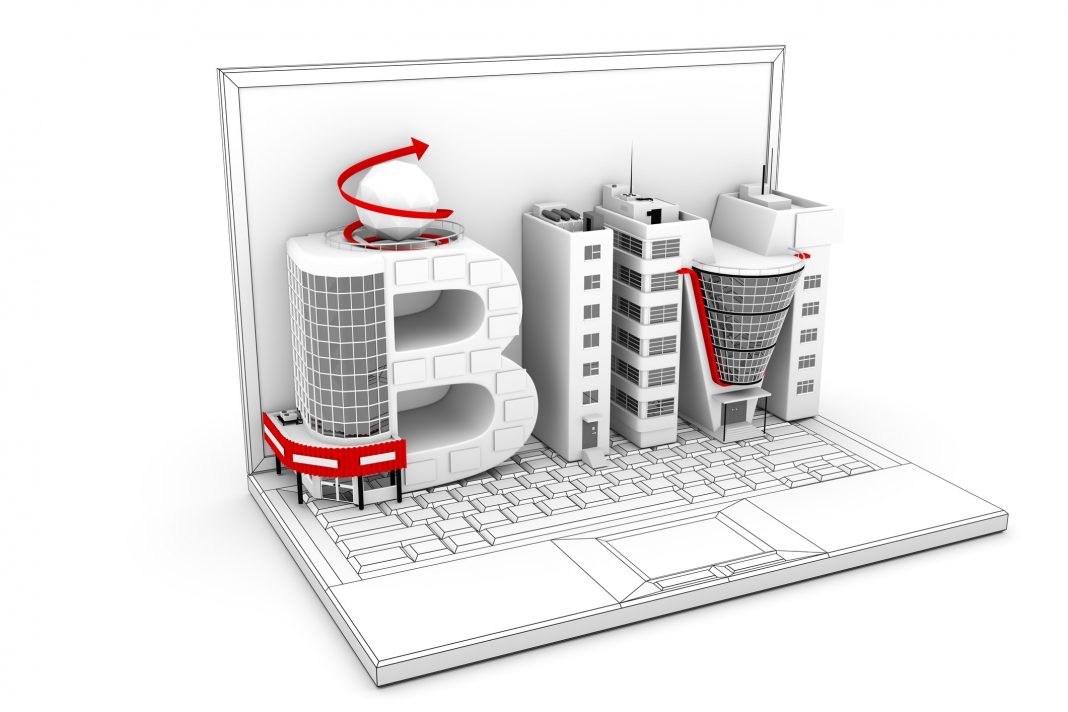Ian Chapman Director of The National BIM Library at NBS discusses the importance of organised and connected information for successful implementation of BIM.
Through Building Information Modelling (BIM), the construction industry is undergoing a digital revolution. Tools are developing rapidly, processes are changing and this will all lead to increased value for money and better buildings. Software technology will take care of itself but effort needs to be placed on the all-important ‘I’ in BIM. Without well organised, comprehensive and connected content, the opportunities available through BIM will not be achieved.
The need for construction information is not new; it has been prepared, shared and used for centuries.
What is new is the opportunity to:
- Build-upon information throughout the workflow in a more efficient way;
- Collect information in a standardised manner;
- Use technology to analyse that information more thoroughly.
The amount of information produced by the many parties involved in designing, constructing, using and maintaining a built asset is vast, and more often than not it is created in different ways using a variety of methods.
To achieve data integration, the industry needs a common approach to information supported by protocols and standards. Whilst collecting data is necessary, it is also important to avoid information overload, which is aided by developing methods that allow individuals to focus on the information that really matters at any given point in time.
Accessing and using the right information at the right time is vital. The Government’s BIM Task Group labs area is full of help as to the way forward in this regard. There is, for example, the digital plan of work guidance that describes the basis of the new plan of work. Its stages 0-7 are discipline independent and encompass the whole project life cycle.
The digital plan of work is essentially about defining the information that needs to be created and supplied throughout the life of a built asset, something which is vital to the decision-making process during a project. To illustrate this, the Ministry of Justice created a set of ‘plain language’ questions that it, as a client, intends to answer at each stage of a construction project. Key decisions such as whether to proceed to the next work stage or not, will be made based upon the answers to these questions.
Defining the question is a good start, what is then needed is a series of properties that can be collected at each stage. Examples of these can be found for various objects such as ceiling systems, structural elements and products in the demand matrix section of the labs area.
Collecting information is only half the challenge. Information needs to be reviewed, this is where the COBie testing tools come in: by collecting information in a common format, this information can be readily compared with previous stages and analysed. Whether the ceiling budget has changed from stage 3 to stage 4 can be automatically reviewed, as can measures such as environmental criteria.
The tools on the BIM Task Group labs area give a glimpse of some simple automated checks that can be achieved with tools such as Microsoft Excel. The BIM Technology Alliance (of which NBS is a member) is developing software solutions that will enable much more sophisticated information checking and analysis and research projects covering automated regulation compliance checking are underway.
The electronic coordination of information between disciplines as part of the design process, which has been a regular activity since the introduction of computer-aided design, is rapidly being surpassed by the need to integrate information. Integration is key now rather than coordination. Project teams that are striving for this integration are standing out from the crowd and winning business.
Supporting these project teams to achieve this integration is where NBS and its BIM content come in. BIM is all about supporting the workflow and the role BIM content plays in achieving this is central. Most built assets start with the site arrangement, massing and form and evolve into designs with increasing levels of geometry and technical detail. These increasing levels of detail represent the choices made at each of the project stages. Site developments such as shopping centres and university campuses become combinations of buildings, roads, payments, bridges and external spaces. As the project progresses, buildings become combinations of activities and spaces which in turn are defined by elements such as roofs, walls and floors. With further design work these elements become combinations of systems, such as blockwork walls, plastering and painting systems. And finally once product selection decisions have been made, these systems become combinations of products.
At any point these objects can be described in generic terms or via proprietary solutions. Also, at any level or project stage these objects can be described in performance terms. The availability of content to support this process is critical to the success of BIM. For BIM content to play its part in supporting the workflow, BIM objects are needed for use at all project stages and this is the approach taken by the content provided by the free to use NBS National BIM Library.
Concept objects can be used for space planning during the early project stages which will then be replaced by generic objects that respond to the various design decisions made so far. Generic objects are valuable as they enable precise solutions to be determined at subsequent project stages.
This deferral of decision making is commonly influenced by factors such as method of procurement and design duties. Generic objects when partnered with performance criteria, are an essential part of the information evolution for a built asset. Once constructed, a built asset is a combination of proprietary manufacturer products and site built products. The availability of manufacturers’ BIM objects is an important factor in achieving success with BIM. The number of manufacturers engaging with BIM is rising but this is not fast enough.
Integrating BIM geometry information with BIM technical information necessary to achieve useful analysis and NBS plug-ins for applications such as Revit and VectorWorks are starting to show the benefits of BIM. In the past, many project claims were attributable to poor quality information, such as drawings that didn’t correlate with the specification. Being able to synchronise and verify a BIM design with the associated technical specification using plug-in technologies is possible now and will bring design and specification activities far closer over the months ahead. Mistakes in the contract documentation, such as objects annotated on a drawing using a reference that doesn’t appear in the specification, can now be archived in history.
BIM doesn’t stop when a building is handed over however. The government’s soft landings project, from an information perspective, is all about collecting information and analysing it through comparison with the earlier data, for example the design intent. Is the building performing as designed? Collecting lesson-learned information from vast estates and feeding this knowledge back into the briefing process
for new projects is how clients, design teams, contractors and manufacturers can truly benefit from BIM. Repeating mistakes of past projects can be avoided, and the government is behind BIM for this reason as this is how to improve buildings and create better value.
The “I” in BIM is vast and there can never be too much information; it’s making the information work hard that is crucial. BIM is about avoiding information loss and encouraging information accumulation through the normal project stages. In time, the construction sector will move from a focus on information collection to information connection. Connected information will lead to insight, and analysis will lead to prediction. And that’s when buildings become intelligent.
This is an edited version of an article that first appeared in AEC magazine.
Ian Chapman
Director of The National BIM Library and
Director of buildingSMART UK&I
NBS (National Building Specification)
Tel: 0191 244 5500
www.thenbs.com
Twitter: @ianchapmannbs
Linkedin: http://uk.linkedin.com/in/ianchapmannbs/ |














